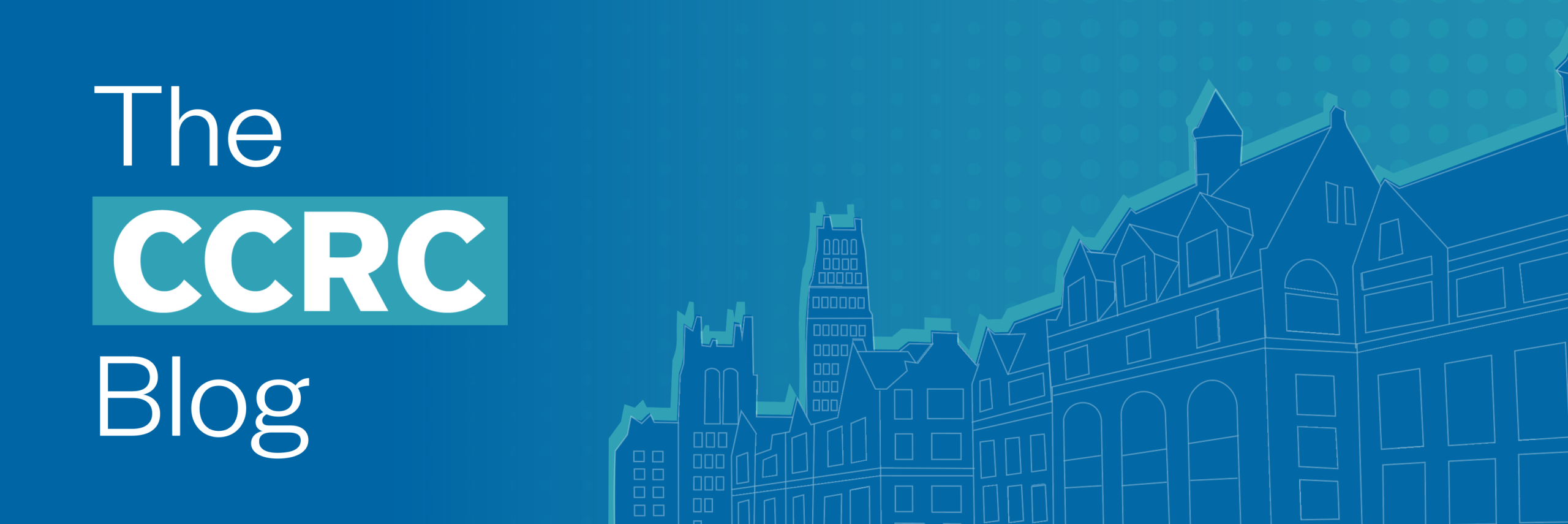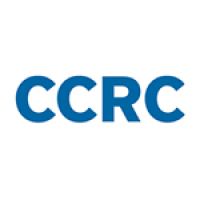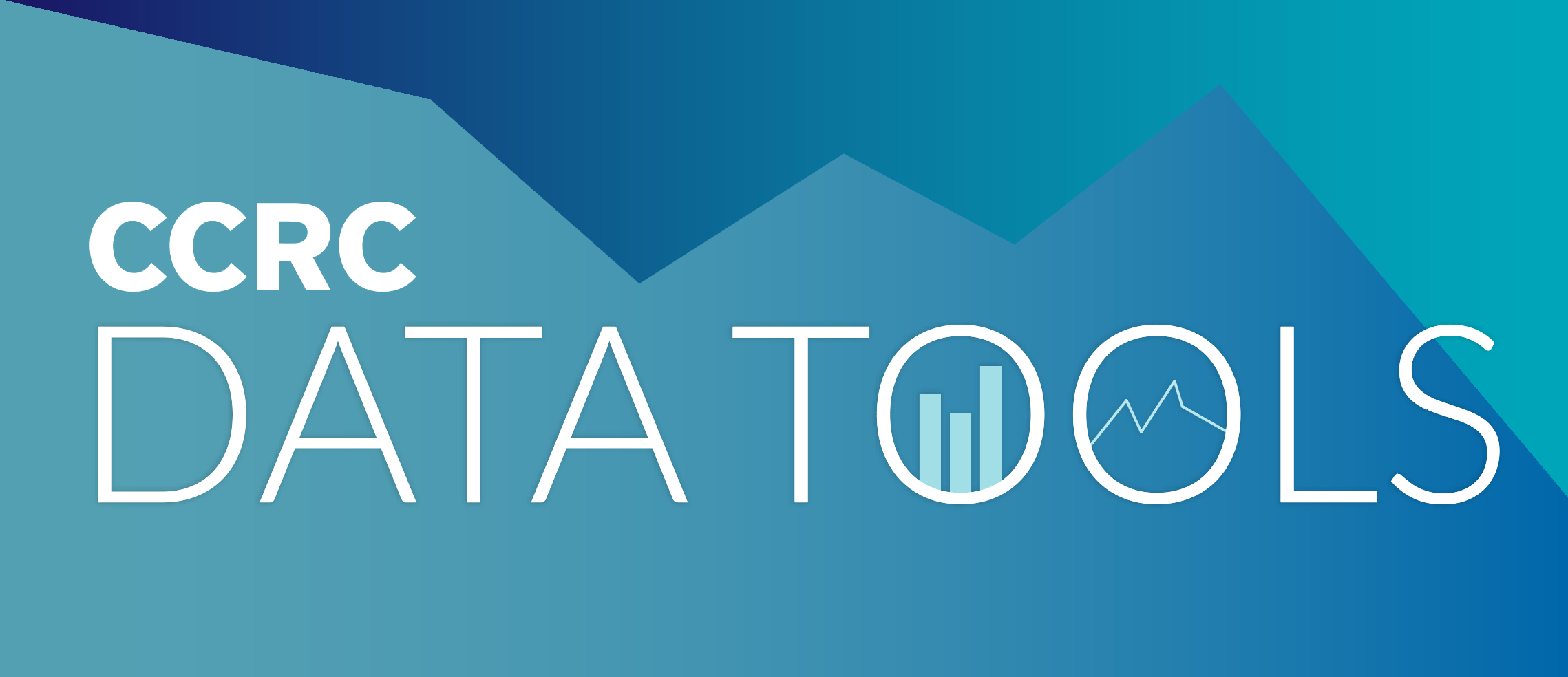By Bret Eynon and Maria S. Cormier
Across the country, there are exciting examples of innovative programs and ambitious initiatives at our two-year institutions to mitigate climate-related challenges. What’s missing is a forum for lifting up and spreading awareness of this crucial work. Community Colleges and Climate Futures, a webinar series sponsored by CCRC and the Foundation for California Community Colleges, aims to address this crucial gap and help community colleges strengthen their efforts through storytelling and connection.
The webinars build on the framework for action advanced by the Foundation’s Center for Climate Futures, which focuses on areas of climate practice already familiar to community colleges: sustainability in facilities and operations, workforce development for climate-ready careers, community support and engagement for climate resilience, and climate-inclusive curriculum. The Center aims to help every college prioritize at least one of these areas of climate work, tailoring action to regional opportunities and constraints. Building on California’s national leadership in college climate initiatives, the framework uses examples from across the state’s 116-campus community college network to illustrate best practices.
The webinars spotlight important work already underway and explore the development of new curricula and pedagogy, professional learning for faculty and staff, and the building of new relationships with employers, local leaders, and community-based institutions. A February session surveyed the special role of community and technical colleges in meeting the climate challenge. An April session brought together four innovative faculty to discuss how they work with students to build climate learning across the curriculum. Recordings of both sessions are available on the Foundation’s webpage.
Upcoming Opportunities for Colleges to Connect
The next session in the webinar series, Sustainability in Action: Facilities and Campus Strategies for Community Colleges, will take place on June 17. It will include discussion of ways to leverage campus sustainability efforts to build student engagement. Registration is now open.
Building on these conversations, a series of CCRC blog posts will share stories that illuminate ways that community and technical colleges are uniquely positioned to respond locally to global challenges. The Community Colleges and Climate Futures blog series will amplify the impact of the webinars by exploring key issues and highlighting case studies, resources, and high-impact strategies. In fall 2025, we will report on the nation’s leading conference on community colleges and climate, the C3 Converge Conference.
Why Community Colleges?
The webinars and blog series are rooted in a cohesive strategic vision. As the nation mobilizes to address climate change, great universities have stepped up to conduct research that can inform innovation. Who bridges the gap between innovation and implementation? Though often overlooked in climate conversations, community colleges drive local implementation. These community-embedded institutions provide relevant skills training, technical assistance, subject matter expertise, and critical support services to students. They are uniquely positioned to play a special role. Consider the following:
- The mission of community colleges is to respond to local needs for economic vitality and social well-being. In the next decade, as communities adopt new energy systems and adapt to climate change, up to 9 million new jobs in advanced energy and infrastructure will be created. A transition to energy-efficient systems at scale depends on the ability to fill these jobs locally. While federal funding may currently be in question, other workforce development funds remain, with a growing requirement for regional collaboration on local priorities. Regional collaboration and hub networking are unique value propositions offered by community and technical colleges. Community colleges have a crucial role to play here.
- Community colleges are primary postsecondary institutions serving working Americans of all demographic backgrounds. Preparing these students for the challenges of the future means developing not only technical skills, but also capacities for problem-solving, teamwork, leadership, and effective communication. Local two-year institutions are key to ensuring all communities have opportunities for the education needed to prepare for work, citizenship, and life in a fast-changing world.
- Focused on local student populations, community colleges are deeply rooted in vital and vulnerable communities. In this context, efforts to reduce campus carbon footprint can model transferable sustainability strategies for otherwise underserved communities. And community colleges can serve as resilience hubs, building the plans needed to respond to fires and storms, floods and droughts, and other climate-related emergencies.
Meeting the climate challenge demands creativity and innovation from community colleges. It requires development of new curricula, professional learning for faculty, and building new relationships with employers, local leaders, and community groups. The blog series will highlight strategies to broaden the effort and deepen its effectiveness.
The next installment of the Community Colleges and Climate Futures blog series, scheduled for August, will focus on examples of climate pedagogy at community colleges. If you are teaching or working with students around climate issues, please contact series coordinator Bret Eynon at Bret.Eynon@outlook.com to share your story. And please remember to register and join us for the upcoming webinar on Tuesday, June 17.
Bret Eynon retired in 2019 from LaGuardia Community College (CUNY), where he taught history and served as associate provost for learning innovation. Eynon now serves Achieving the Dream as a teaching & learning coach and Georgetown University as a senior fellow for climate action in higher education. Maria S. Cormier is a senior research associate with CCRC.





